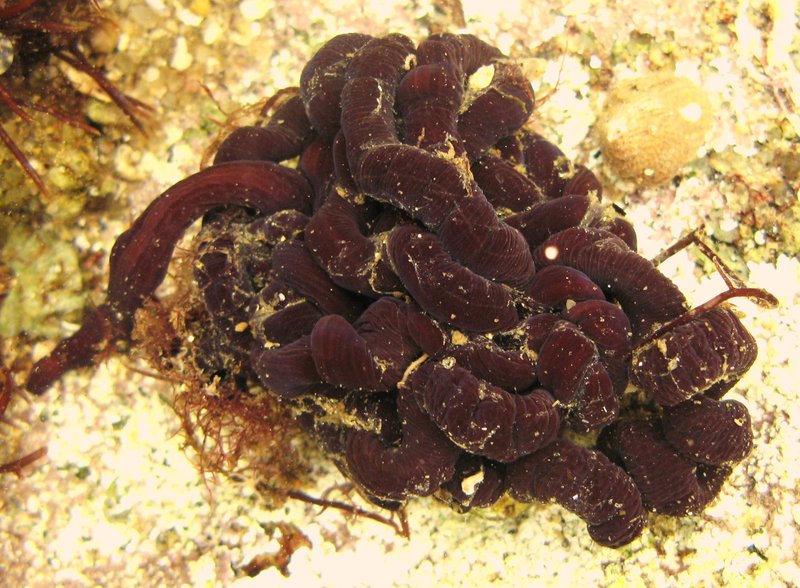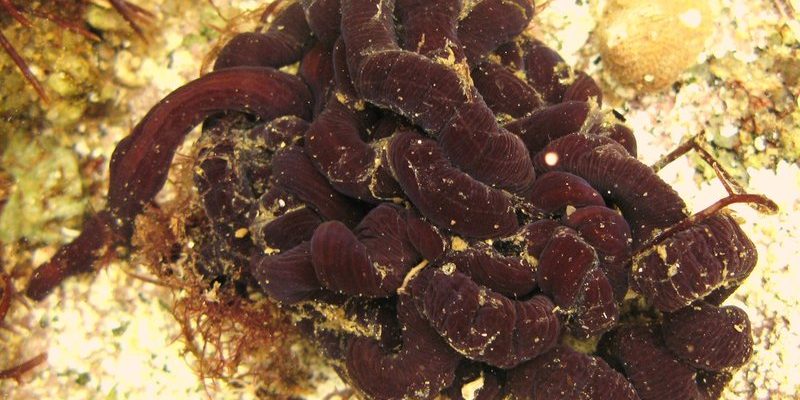
So, what exactly is a bootlace worm? Let’s break it down. Bootlace worms belong to the group of organisms known as *Nemertea*, often referred to as ribbon worms. They can grow to impressive lengths—some species can reach up to 30 meters! That’s longer than a school bus! But don’t let their size intimidate you; their silky bodies are fascinating and vital to their environments. If you’re curious about their role in estuarine ecosystems, stick around. We’ll explore their lives and contributions in detail.
What Are Bootlace Worms?
Bootlace worms are elongated, soft-bodied organisms typically found in marine environments, particularly in estuaries. They may look simple, but they have an intricate biology that makes them stand out. These creatures can vary in color from bright reds and greens to muted browns, making them resemble strange ribbons floating in the water or nestled in the sediment.
The way they move is quite mesmerizing, like something out of a slow-motion video. Bootlace worms can extend and contract their bodies, allowing them to glide through the water or burrow into the substrate. This flexibility helps them navigate the complex landscapes of estuarine ecosystems, where they can find shelter and food. You might be wondering how such a seemingly delicate creature can thrive in these dynamic habitats. Well, the bootlace worm has evolved specific adaptations that allow it to take advantage of the rich resources available in these nutrient-dense waters.
Habitat and Distribution
Bootlace worms thrive in various habitats, but they are particularly abundant in estuarine environments. An estuary is where freshwater from rivers meets seawater from the ocean, creating a unique mix of salinity and nutrients. This blending of waters makes estuaries incredibly rich ecosystems, supporting diverse life forms, including bootlace worms.
They typically prefer sandy or muddy substrates where they can burrow and hide. This burrowing behavior not only provides protection from predators but also allows them to access organic matter, which forms a significant part of their diet. Moreover, bootlace worms can often be found lurking among the roots of mangroves or seagrass beds, where they play a key role in nutrient cycling. By breaking down organic material, they help maintain the health of their surroundings, which benefits the entire estuarine community.
The Role of Bootlace Worms in the Ecosystem
You might be surprised to learn that bootlace worms do much more than just hang out in the mud. These creatures play several important roles in their ecosystems. One of the most vital functions they serve is as scavengers. As bootlace worms consume detritus—decaying plant and animal matter—they are effectively cleaning up their environment. This process helps recycle nutrients back into the ecosystem, making them available for other organisms.
Additionally, bootlace worms are considered a food source for various animals, from birds to fish. By serving as prey, they contribute to the larger food web and support the survival of many species. Without these worms, many animals would lose an essential part of their diet, disrupting the balance of the ecosystem.
Nutrient Cycling
Nutrient cycling is a term that describes how nutrients move through ecosystems. Bootlace worms play a significant part in this cycle. By breaking down organic material, they help release nutrients like nitrogen and phosphorus back into the soil and water. These nutrients are essential for the growth of plants and algae, which in turn support other organisms in the food web.
You might think of bootlace worms as nature’s recyclers. They take in organic waste and convert it into forms that other organisms can use. This process ensures that energy flows through the ecosystem efficiently, making bootlace worms integral to maintaining ecological balance.
Reproduction and Life Cycle
Understanding how bootlace worms reproduce is fascinating, especially if you’re keen on their role in ecosystems. Bootlace worms can reproduce both sexually and asexually, depending on the species and environmental conditions. In some cases, they can regenerate lost body parts, showcasing their incredible resilience.
When bootlace worms mate, they often engage in unique courtship behaviors. They may twist and intertwine their bodies before releasing eggs and sperm into the water, where fertilization occurs. The resulting larvae are free-swimming and go through several stages before settling down and becoming adults. This complex life cycle allows them to thrive in various environments, adapting to changes as needed.
Environmental Threats
Like many creatures in estuarine ecosystems, bootlace worms face several environmental threats. Pollution, habitat destruction, and climate change are significant challenges impacting their populations. For example, runoff from agriculture can introduce harmful chemicals into their habitats, harming both the worms and the wider ecosystem.
Additionally, rising sea levels and changes in salinity can disrupt their delicate environments. Healthy bootlace worm populations are crucial for the overall health of estuaries, making it essential to address these environmental threats. By understanding their importance, we can better protect these unique creatures and the ecosystems they inhabit.
Bootlace worms may not be the most glamorous residents of estuarine ecosystems, but they play crucial roles that contribute to the health and balance of these environments. From nutrient cycling and scavenging to providing food for various species, these fascinating organisms showcase the complexity and beauty of nature.
Next time you’re near an estuary and think about what’s hiding under the surface, remember the bootlace worm and its many contributions. By learning about and appreciating these creatures, we can take steps toward preserving their habitats and supporting the rich biodiversity of our planet. After all, every creature, no matter how small, has a part to play in the great symphony of life.

